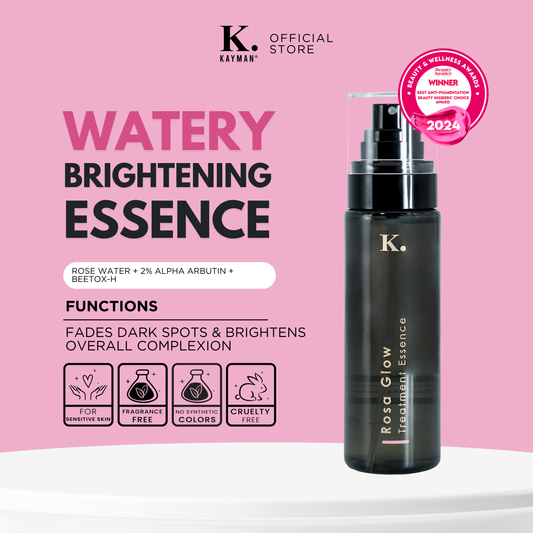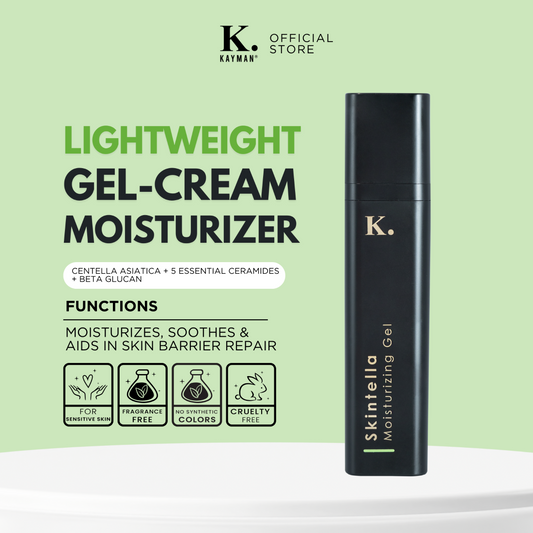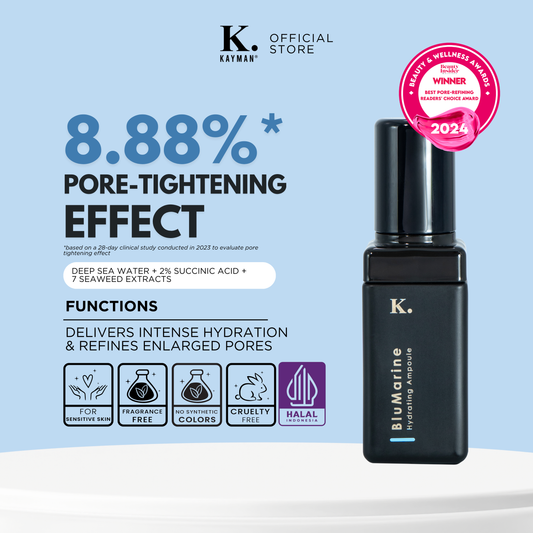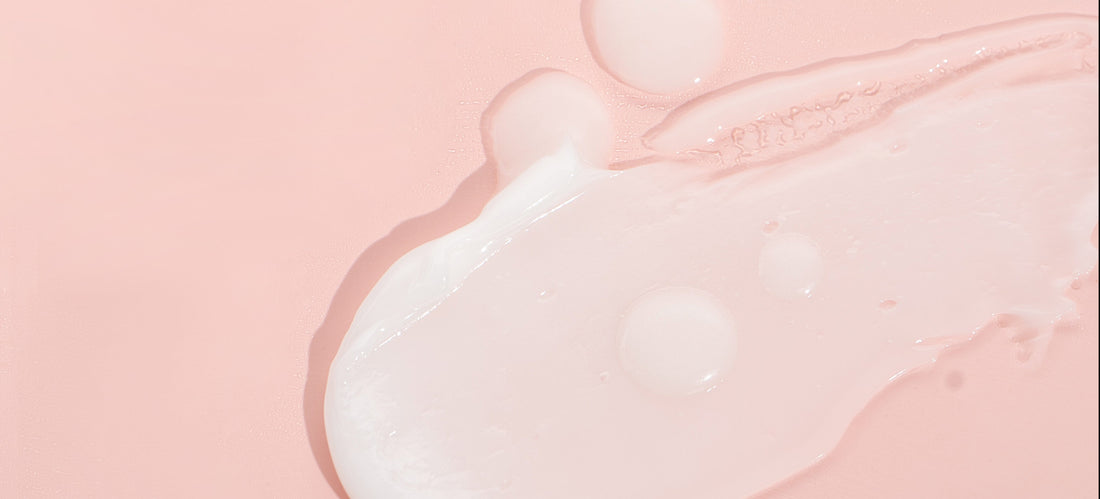Let’s talk about types of moisturizers! You’ve probably heard humectants, occlusives and emollients being used interchangeably but there are differences between the three and how a formulation consisting of all three types is important when it comes to finding a good moisturizer.
With age, our skin tends to break down and lose that elasticity of our youth. To counteract this, we replenish our skin’s natural supply of lipids, cholesterol and ceramides with topical skincare, more specifically moisturizers. Besides replenishing our skin with all that goodness, moisturizers also help resolve dryness, tightness and flakiness.
Humectants
Humectants, or hydrating ingredients are hydrophilic, meaning that it pulls moisture into the skin whether from the environment or from the deeper layers of the skin.
It helps counteract any drying effects of other products which may contain higher amounts of alcohol denat, witch hazel, or any other astringents.
Technically, humectants just hydrate the skin, so it cannot stand on its own as it doesn’t prevent moisture loss.
Humectants include:
Glycerin
Hyaluronic Acid
Sodium Hyaluronate
Aloe Vera
Honey
Urea
Occlusives
Emollients and occlusives are sometimes interchangeable as they technically do the same thing just at different levels….sort of.
Occlusives help create a barrier on the skin which prevents moisture loss and blocks water from evaporating. Occlusive ingredients are generally waxy and can feel heavier on the skin on its own.
There’s the ‘slugging’ method which recently regained popularity, where you apply a layer of Vaseline as the last step of your routine. The result? Smooth, plump and supple skin (not recommended for daily use).
Examples of occlusives:
Mineral Oil
Petrolatum
Shea Butter
Lanolin
Emollients
Emollients have some occlusive properties, but its main function is to help soften the skin. It also has a more cream-like texture with high spreadability on the skin and highly affects how the product feels.
Emollients are generally oils and lipids which help replenish skin barrier, repair damage and reduce the appearance of fine lines and wrinkles.
Examples of emollients:
Ceramides
Fatty Acids
Cholesterol
Rosehip Oil
Squalane
Looking at these categories of moisturizers, a good formulation of all three is important to not only moisturize the skin, but also provide some hydration and good spreadability without being too heavy or too light.
So, the next time you’re shopping for a new moisturizer, keep these three categories in mind!












